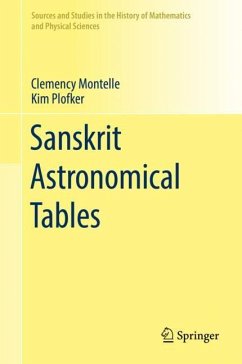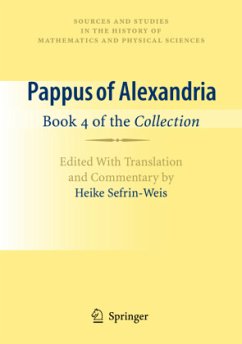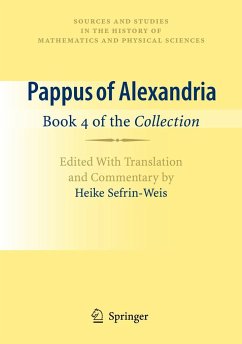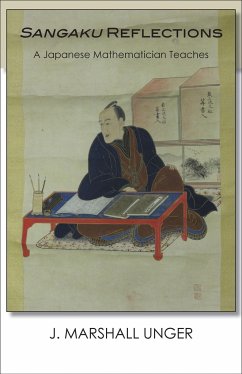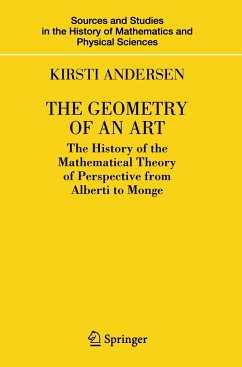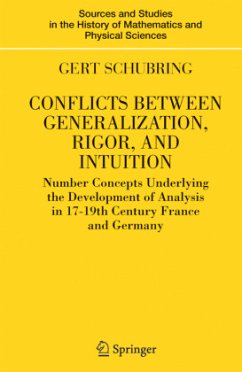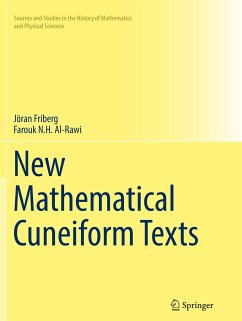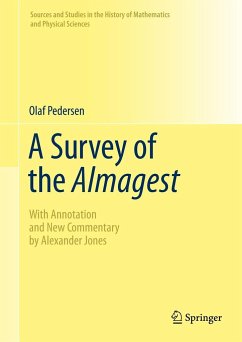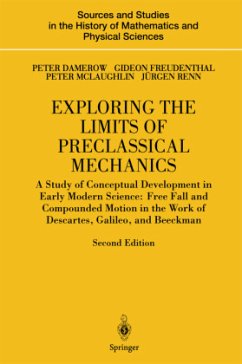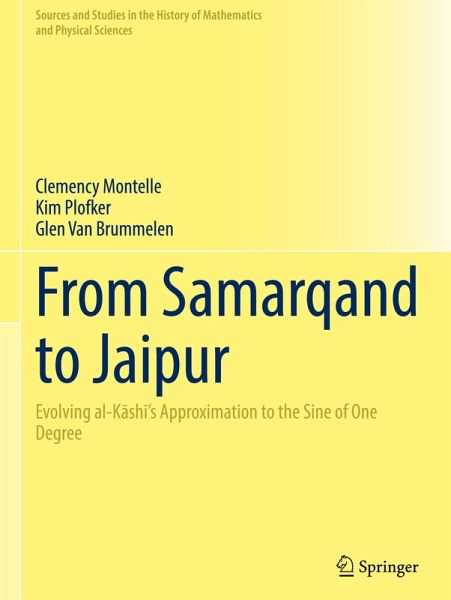
From Samarqand to Jaipur
Evolving al-K¿sh¿'s Approximation to the Sine of One Degree

PAYBACK Punkte
57 °P sammeln!
Calculating the sine of one degree, not possible with the tools of geometry alone, was a problem approached frequently in various ways in Hellenistic, Arabic, Persian, and European trigonometry. This book situates the problem and the iterative techniques often used to solve it in the context of Indian trigonometry, focusing on the Sanskrit text and manuscript that form the main subject of this study: the jyacapa section of the Siddhantakaustubha of Jagannatha. This text describes the approaches of Jamshid al-Kashi and Ulugh Beg of 15th-century Samarqand, and also includes innovations produced ...
Calculating the sine of one degree, not possible with the tools of geometry alone, was a problem approached frequently in various ways in Hellenistic, Arabic, Persian, and European trigonometry. This book situates the problem and the iterative techniques often used to solve it in the context of Indian trigonometry, focusing on the Sanskrit text and manuscript that form the main subject of this study: the jyacapa section of the Siddhantakaustubha of Jagannatha. This text describes the approaches of Jamshid al-Kashi and Ulugh Beg of 15th-century Samarqand, and also includes innovations produced by astronomers of Jai Singh s court in Jaipur.
This book contains translations and editions of two recensions of the manuscript's surviving prose texts, along with analyses of its mathematical content. The authors also trace the textual history of the mathematical methods in both Islamic and Sanskrit mathematical traditions.
Of timely interest to scholars in the history of early modern Islamic and Indian mathematical sciences, this book contributes an important text to the literature on the interactions between these cultures.
This book contains translations and editions of two recensions of the manuscript's surviving prose texts, along with analyses of its mathematical content. The authors also trace the textual history of the mathematical methods in both Islamic and Sanskrit mathematical traditions.
Of timely interest to scholars in the history of early modern Islamic and Indian mathematical sciences, this book contributes an important text to the literature on the interactions between these cultures.



